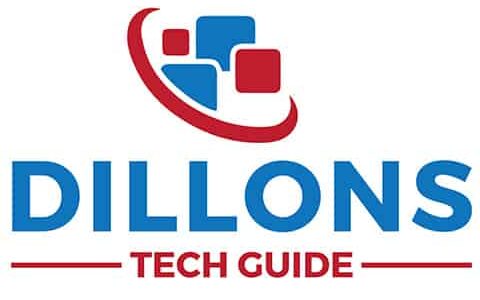How to Remove Stickers From a MacBook?
Here Are the Ways to Remove Stickers From a MacBook:
Removing the Stickers by Hand
Cleaning the Adhesive With a Damp Lint-Free Cloth
If there is still dirt left in the MacBook’s lid, even after peeling it off by hand, try using a damp lint-free cloth with water and mildly scrub off the adhesive that the sticker leaves behind. After scrubbing it off, you wipe it with a dry cloth so
I’ve used this pair of microfiber cloths from Amazon to clean all my electronics. They’ve served me well for years.
Use a 70-Percent Cloth and Isopropyl Alcohol Solution
Using a 70-percent cloth and isopropyl alcohol solution will remove all the leftover adhesive and residue that most likely will remain on the lid of your MacBook. Then, with the alcohol and cloth solution, gently wipe off any dirt that’s still present on your MacBook’s lid.
I’ve used this brand from Amazon to clean all my electronics. Unfortunately, you can’t use any old alcohol solution. It has to be Isopropyl.
These are the three simple ways to remove the stickers from your MacBook. To remove leftover adhesive and dirt residue on the MacBook lid, you can repeat steps two and three until released.
Cleaning the MacBook’s lid can be frustrating, especially if the dirt won’t come off. Apple has come up with different tips that can help us, the users, know what tools and equipment are safe and what isn’t.
Here are some tips to help you clean your MacBook:
- Avoid using abrasive cloth, paper towels, or similar items. Instead, use a soft, lint-free cloth.
- Avoid excessive wiping. It can cause damage.
- Before and during the cleaning process, unplug power sources, devices, and cables.
- Keep liquids away from your MacBook.
- Avoid getting moisture into any openings (speakers, USB, and charging ports).
- Don’t use aerosol sprays, bleaches, or any other abrasives.
- Don’t spray cleaners directly to your MacBook.
The tips above are from Apple support. As long as you follow the information above, cleaning your MacBook will be safer and much easier since you’re not exposing it to harmful substances that can damage your MacBook.
If you’ve ever damaged your MacBook and are curious if it’s worth getting it fixed, please read my helpful guide.
Is It Safe to Use Goo Gone on a MacBook?
Apple doesn’t recommend any cleaning materials aside from soft lint-free cloth and a cloth with a 70 percent isopropyl alcohol solution. Other cleaners like Goo Gone are not recommended as they can get inside the MacBook, possibly damaging it.
Using unknown solvents and cleaners can be dangerous for your MacBook. That’s why Apple recommends you only use a 70 percent isopropyl alcohol solution when cleaning your MacBook since it’s not going to damage your MacBook.
However, some users have claimed that Goo Gone has worked for them flawlessly. Some even advertise that it works as long as it’s used in small amounts. I still don’t recommend it since Apple says explicitly never to use:
- Sprays
- Solvents
- Abrasives
- Cleaners Containing Hydrogen Peroxide
Since it may affect and damage the finish of the MacBook and make it look untidy. These harmful liquids can ruin the MacBook’s finish if used incorrectly. Instead of using these liquids, try removing them by hand and use a lint-free cloth to remove the remaining residue.
You can read more about here on Apple’s website, How to clean your Apple products, you that you will know what fluids are dangerous for the MacBook’s finish.
When cleaning your MacBook lid, never put liquids directly on your cover. The fluid may be too harmful and try to slip into confined spaces like your keyboard, USB slots, and speaker grills, which may damage your MacBook’s hardware because of cleaning it carelessly.
Overall, Goo Gone can work when cleaning your MacBook since some users have claimed that it’s effective and doesn’t damage the MacBook. However, I don’t recommend you to do it since it might have some side effects that we don’t know of.
Do Stickers Damage the MacBook?
When cleaning the sticker residue, stickers can damage your MacBook if you incorrectly remove the stickers and damage the MacBook’s surface. They also devalue your MacBook.
Using stickers is an excellent way to design your MacBook. For users that don’t like the aesthetic and straightforward look of the MacBook, they decorate it with stickers to add more life to their device. Stickers are commonly placed on the MacBook’s lid where people can see them when they’re using it.
What damages the MacBook is how you remove the adhesive of your MacBook. Using dangerous liquids will significantly damage your MacBook and ruin its finish.
Stickers won’t easily damage your MacBooks. However, you can read my article on the 6 Ways to Keep Your MacBook Protected to make sure that your MacBook is protected at all times to avoid major repair fees.
As long as you follow my steps above, your MacBook will be fine and work as intended. Remember, solvents and other abrasive cleaners are not recommended by Apple support. So proceed with caution if you’re going to use them on your device.
